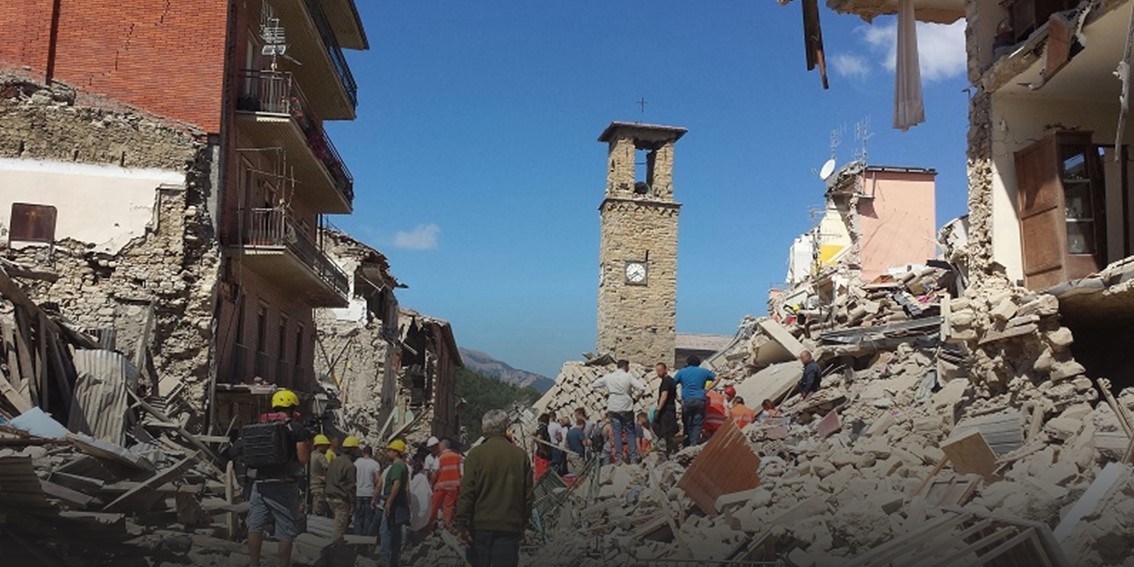
As disaster losses escalate throughout the world, the difference between economic damages and the amount that is insured—known as the natural catastrophe protection gap—is an issue of increasing focus for community leaders and policymakers. Community-based catastrophe insurance (CBCI) is a potential mechanism for communities to increase insurance coverage, incentivize risk reduction and enhance fiscal solvency.
CBCI is insurance arranged by a local governmental or quasi-governmental body to cover a group of designated properties or individuals within the community’s jurisdiction. Not only does this provide needed coverage in instances of natural catastrophe, it also reduces dependence on federal financial relief after an event, which is particularly important at times of disaster, when those resources would be inordinately stressed.
Catastrophe insurance is often thought to be too expensive for individuals or small businesses. With CBCI, communities can use their size to enhance their purchasing power for coverage on behalf of constituents.
Community-Based Catastrophe Insurance, a report developed in partnership with the Wharton Risk Management and Decision Processes Center and Marsh McLennan, dives into the benefits of CBCI, possible structures, and sets out a 5-part framework for CBCI implementation.